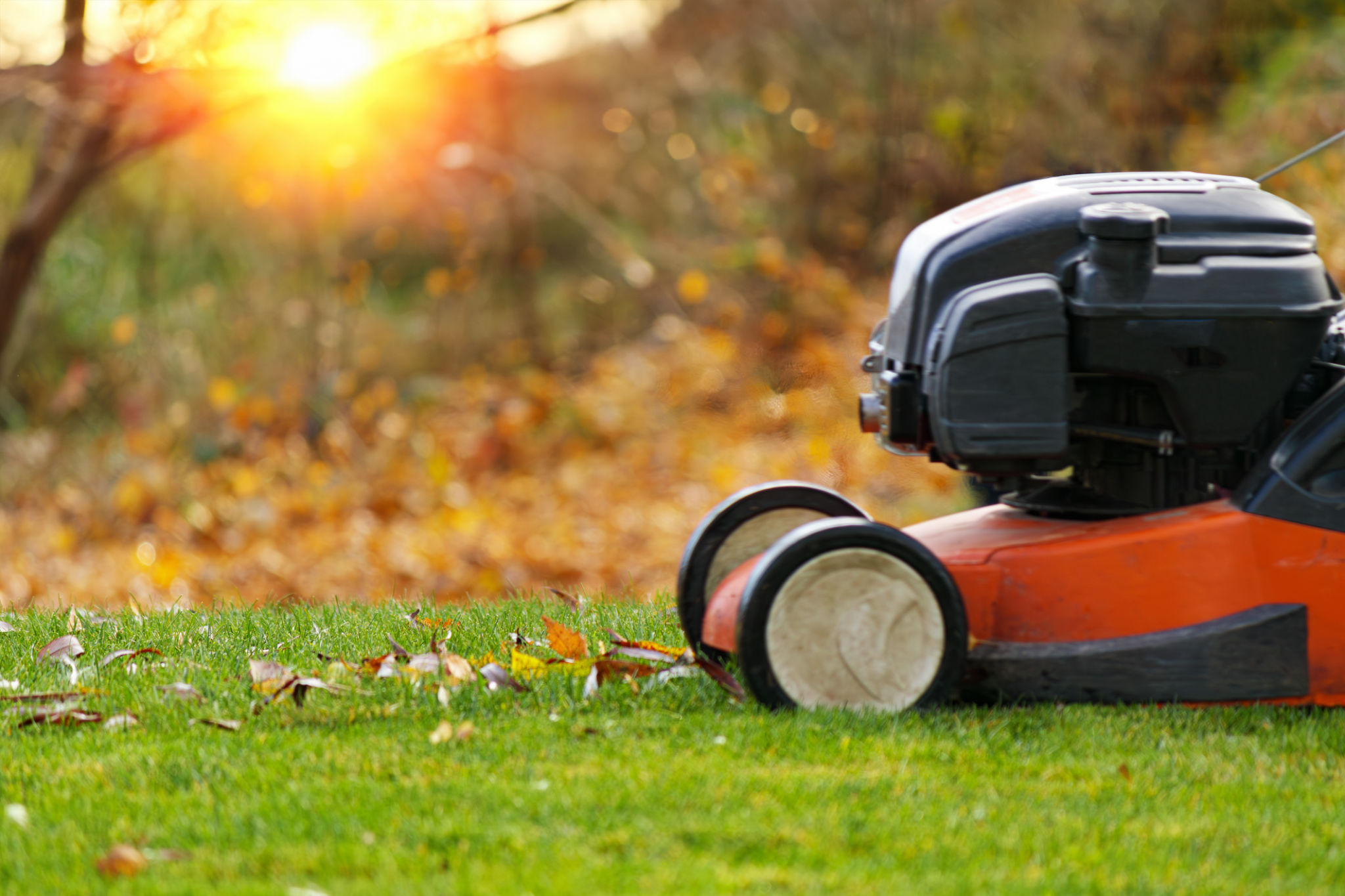Preparing Your Lawn for Summer: Essential Tips for Castle Hayne Residents
Understanding Your Lawn's Needs
As summer approaches, Castle Hayne residents should prepare their lawns for the warm season ahead. Each lawn has its own unique needs based on soil type, grass species, and local climate conditions. By understanding these factors, you can tailor your lawn care routine to ensure lush, green grass all summer long.

Soil Testing and Preparation
Before diving into lawn maintenance, it's crucial to test your soil. A soil test will reveal pH levels and nutrient deficiencies, allowing you to address any issues. You can purchase a soil testing kit from a local garden center or send a sample to a professional lab for more detailed analysis.
Once you have the results, adjust the soil's pH if necessary. Most grasses thrive in slightly acidic to neutral soil, with a pH of 6.0 to 7.0. Use lime to raise the pH or sulfur to lower it, based on your test results. Additionally, apply a balanced fertilizer to provide essential nutrients for healthy grass growth.
Mowing and Watering Techniques
Proper mowing and watering are crucial for maintaining a healthy lawn during the summer months. Mow your lawn regularly, but avoid cutting more than one-third of the grass height at a time. This practice prevents stress and promotes root growth.

Watering Wisely
Watering your lawn deeply and infrequently encourages deep root systems, making your grass more resilient to drought conditions. Aim to water early in the morning to minimize evaporation and fungal diseases. Typically, lawns require about one inch of water per week, including rainfall.
Weed and Pest Management
Weeds and pests can quickly take over a lawn if left unchecked. Implement a regular weed control program using pre-emergent and post-emergent herbicides as needed. Always follow label instructions to avoid harming your grass or the environment.

Pest Control Strategies
For pest control, identify the specific insects or larvae affecting your lawn and choose an appropriate treatment method. Natural predators, insecticidal soaps, or chemical pesticides may be used, depending on the severity of the infestation.
Aeration and Overseeding
Aeration is an essential process that involves perforating the soil with small holes to allow air, water, and nutrients to penetrate the grass roots. This practice helps alleviate soil compaction and encourages robust root systems.

Enhancing Lawn Density with Overseeding
After aerating, consider overseeding your lawn to improve its density and fill in bare spots. Choose a grass seed blend suited for the Castle Hayne climate and spread it evenly across your lawn. Be sure to keep the soil moist until the new seedlings are well established.
Regular Maintenance and Monitoring
Consistent lawn care and monitoring are key to sustaining a vibrant landscape throughout the summer. Regularly inspect your lawn for signs of stress, disease, or pests, and address issues promptly.
By following these essential tips, Castle Hayne residents can enjoy a thriving lawn that enhances their outdoor space all summer long.